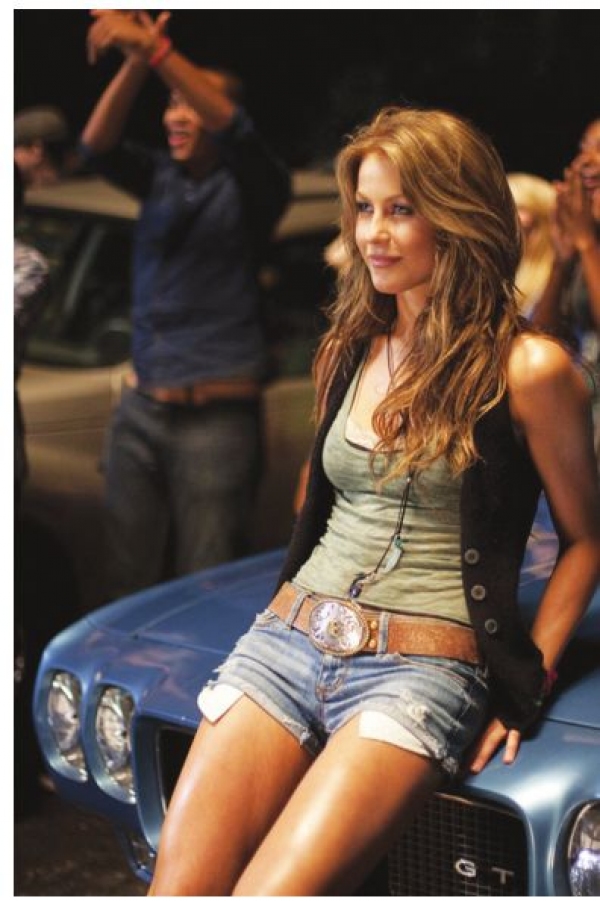
The country-twang remake of Footloose strives to give us a more down-home experience than the original film.
But is a more authentic Footloose — with less dancing, yet — really the way to go?
The first one’s fun largely because it’s hooey, as synthetic as most of the fabrics worn by Kevin Bacon. It boasts genuinely charming things like the dancing-feet opening credits sequence, and “Let’s Hear It for the Boy” (Bacon teaching Christopher Penn about rhythm).
The ’84 model also features John Lithgow’s unexpectedly subtle portrayal of the reverend whose grief overcomes his good sense regarding what’s right for the underage citizenry of his Western mountain village.
The new Footloose smooths out some of the more outlandish mood swings of the earlier telling. A real director, Craig Brewer, who did Hustle & Flow, was hired to give the material some emotional grounding. In flashes — the way Brewer focuses on the female lead’s face after she decides to lose her virginity to a not-nice guy, for example — it connects with the audience. But the remake’s dance-trained leads, Kenny Wormald (a former Justin Timberlake backup performer) and Julianne Hough (a Dancing With the Stars alum), simply do not pop the way Bacon and Lori Singer did, underneath all their collective hair. The result is a film that feels hidebound. And nobody ever called a dance-driven movie “hidebound.”
The action has been relocated to the most conspicuously and fabulously multiracial rural town in Georgia, where the kids gyrate like strippers in training at the local drive-in when the Rev. Shaw (Dennis Quaid this time) isn’t around to scold everybody. Ren (Wormald), the new kid in town, is now a motherless child, attracting the attention (and vice versa) of the reverend’s daughter Ariel (Hough). A prologue shows us the fatal car accident, and the death of Ariel’s brother, which we only heard about in the first film.
Some of the changes work and needed addressing.
In the first film, when Ariel gets beaten up by her boyfriend, nobody even remarks on the bruises, whereas here the violence is treated more seriously. Brewer’s version, though, lacks a distinct personality of its own. When a film depends on feeling something between the photogenic but antiseptic Wormald and Hough, and you don’t, you realize why that film may come up short in ways unrelated to dance training.
I write this as someone who enjoyed Step Up 3D, which is twice as bubble-gummy as Footloose, but also twice as lively and a lot smarter about how to film bodies in motion. That film employed the same dance director, Jamal Sims, as this one. He has talent. So does Brewer. Whether the two were destined to collaborate is another matter.
—MCT, Tribune Media Service Respond: [email protected]














